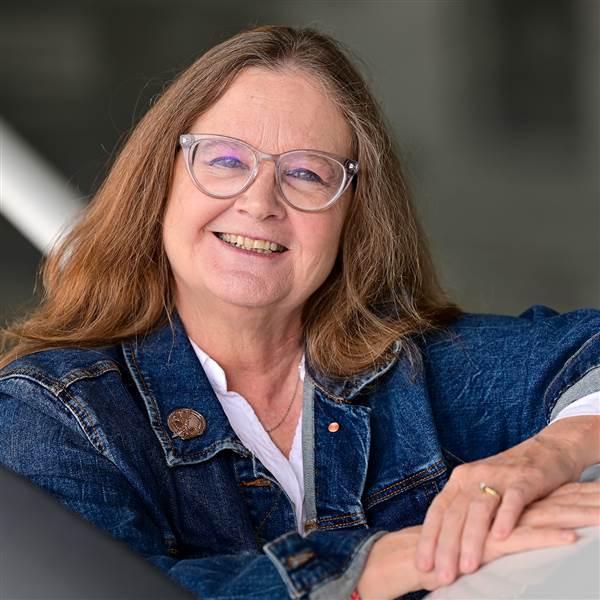Around the patch
20 years a pilot

[email protected]
It’s a pretty cut and dried description for what was a momentous day in my life. It was the day I successfully completed my private pilot checkride. That is, my second private pilot checkride. The first one had taken place on November 8, 2001. That one had not gone so well.
Most of my aviation peers know this, and now you do too: I failed the checkride on the first attempt. Got the pink slip, augered in, went down in flames, pick any colloquialism you like. The examiner had me dead to rights. I messed up VOR tracking and the emergency power-off landing. There was no emergency descent in the airman certification standards back then. Heck, it wasn’t the ACS—it was the Private Pilot Practical Test Standards.
Yes, I did cry after that failure, mostly out of disappointment with myself and frustration that a long-sought goal was pushed out of reach—again—not by weather or examiner availability but by my own shortcomings. Yes, I did wonder if I was really cut out to fly small airplanes. I am not what you’d call a natural pilot. It took me 120 hours to finish.
That afternoon I called my then-boss, Mike Collins, who was editor of Flight Training magazine at that time. Mike knew I’d blocked out time for the checkride during a work day, but he was the only one who knew. (It is not easy to keep checkride or solo prep a secret when you work for an aviation organization that’s on an airport.) Mike was waiting for my call, and he was sympathetic about the outcome.
Tears notwithstanding, I knew one thing: I had to finish. I had come so far. So that’s what I did; I got my flight instructor to brush up those two sets of maneuvers with me, and I rescheduled. And honestly, I enjoyed myself the second time around. There were only two steps to accomplish. Coming back into the pattern, I saw a bald eagle. It was a satisfying ending to a stressful string of events. And when I got back to the office I could happily and honestly share that I had passed my checkride.
Twenty years, more than 1,300 hours in the logbook, one airplane owned outright and since sold, and now a partnership in a second, bigger airplane. Still I often feel like a newly minted pilot. This is not a bad thing, and it is not meant to throw shade on experienced pilots who slip easily from airframe to airframe. It is why I love working here at AOPA, writing about such esoteric subjects as armchair flying and alternators (see “Preflight,” p. 11). I love taking these sometimes-crusty topics, breaking them down, and building them into something intended to enlighten or inspire our readers. I remember all too clearly the days when everything aviation-related seemed as if it were written in a foreign language. I was like you, and one day you will be like me, I hope—maybe you’ll be better on the radio.
I’m not going to spend precious column space talking about how aviation itself has changed from then to now, except to say that having learned to navigate first with pilotage and dead reckoning because GPS wasn’t widely available, I love my GPS. If that makes me a Child of the Magenta Line, so be it. May as well scoff at the use of seatbelts and airbags while you’re at it.
What would have happened if I’d turned my back on aviation after the day I failed the checkride? Life would have continued. But so many opportunities, experiences, friendships, and challenges would have gone into someone else’s logbook.
Back in 2001, after I admitted to some pilot friends that I had bombed the checkride, one of them said something to the effect of, “When you get your license from the FAA, it doesn’t say how many times you took the checkride. It only says ‘pilot.’” I wish you great success on your next checkride, and if you get a pink slip, it’s not the end of the road. Remember that, pilot.



